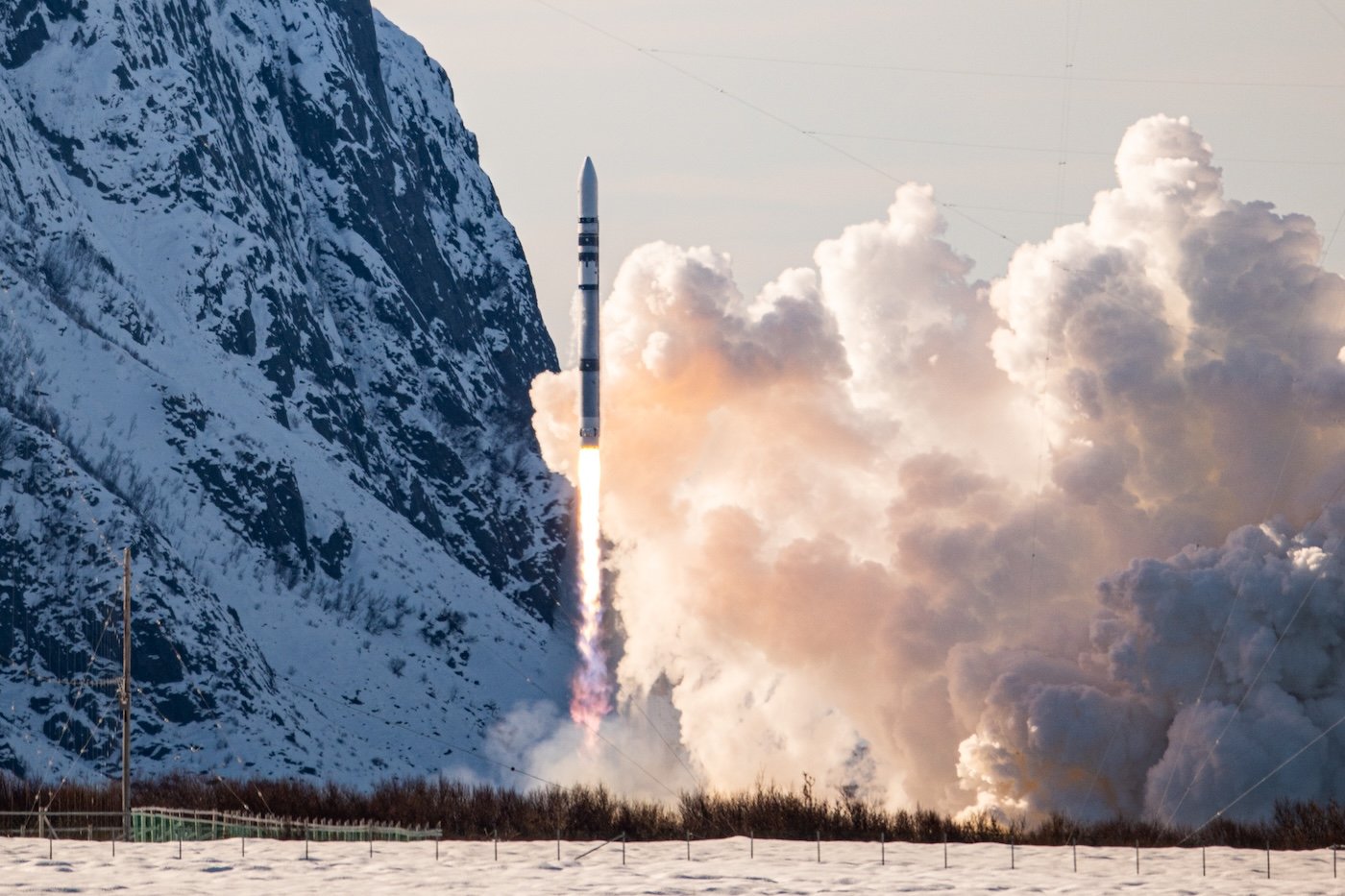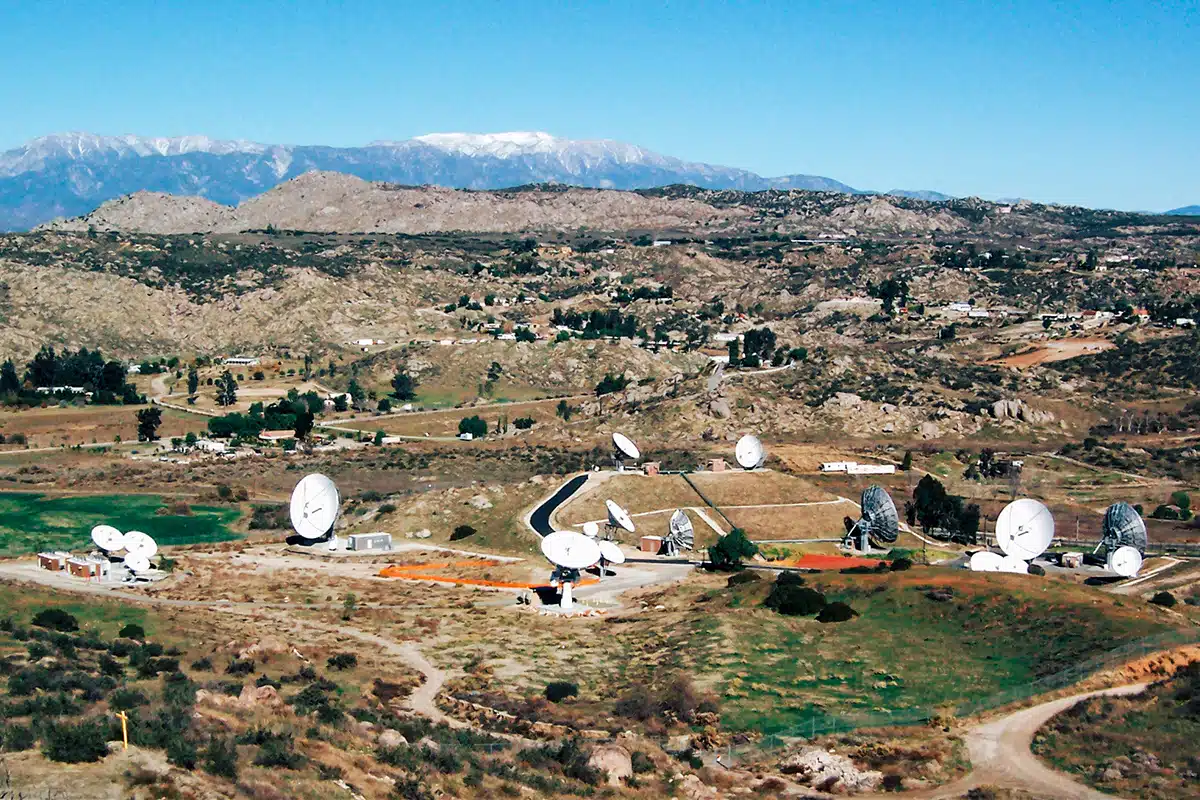Voyager: The Final – Spectacular Journey Ends
The NASA Voyager mission is among the most incredible human exploration feats. Voyagers 1 and 2 were launched in 1977 to study the outer planets of our solar system. Now, decades later, they’ve gone farther than any human-made object, delivering stunning discoveries and a sense of cosmic awe. With the mission nearing its twilight years, now is as good a time as any to look back at its remarkable legacy.
A Brief History of Voyager
Voyager was originally intended to be a four-year mission looking at Jupiter and Saturn. But in successfully operating, the spacecraft stretched its mission to Uranus, Neptune, and then to wherever it could keep going. With their robust design and groundbreaking technology, the Voyagers far exceeded expectations. Each carries a Golden Record—a message to extraterrestrials that encapsulates Earth’s diverse cultures, music, and greetings in 55 languages.
Today, Voyager 1 is over 14 billion miles from Earth, while Voyager 2 follows closely behind. Both have entered interstellar space, providing invaluable data about the heliosphere’s outer boundary and the vastness of space.
Why Is Voyager’s Finale Significant?
The final chapter of the Voyager mission marks the end of an era in space exploration. Operating far beyond the reach of sunlight and with dwindling power, the spacecraft continues to send back data using instruments powered by decaying plutonium. Yet, their power reserves are expected to run out by 2030.
As the mission team prepares for the inevitable loss of communication, the finale of Voyager underscores humanity’s ability to dream big and push boundaries. The lessons learned from Voyager have paved the way for new missions, like the James Webb Space Telescope and upcoming explorations of Europa and Titan.
Voyager’s Legacy
- Scientific Breakthroughs: Voyager transformed our understanding of the solar system from discovering volcanic activity on Jupiter’s Moon Io to the icy geysers of Neptune’s Moon Triton.
- Technological Milestones: The spacecraft’s longevity is a testament to engineering excellence, inspiring the design of modern deep-space missions.
- Cultural Impact: The Golden Record reminds us of our shared humanity and the universal desire to connect with the cosmos.
The Emotional Impact
Voyager’s journey has been more than a scientific triumph; it’s a story of human curiosity and resilience. The spacecraft have become symbols of exploration, carrying our hopes and dreams into the infinite expanse of space. Their final transmissions will be bittersweet, marking the end of a mission that has inspired generations.
Voyager: The Final – Spectacular Journey Ends: What’s Next for Space Exploration?
While Voyager’s finale is poignant, it also signals the beginning of new adventures. Missions like NASA’s Artemis program aim to return humans to the Moon, while others plan to study Mars and distant icy worlds. Voyager’s legacy ensures that exploration will remain at the heart of human endeavor.
Conclusion
The Voyager’s legacy reminds us of humanity’s relentless pursuit of knowledge and our desire to explore the unknown. It highlights how a single mission can spark curiosity, inspire innovation, and unite people worldwide in a shared quest for discovery. As we look to the future, Voyager’s achievements will continue to motivate us to reach for the stars and expand our understanding of the universe. These spacecraft have expanded our knowledge, inspired our imaginations, and reminded us of the limitless potential of human ingenuity. As they drift silently into the cosmos, Voyager 1 and 2 leave an enduring legacy that will resonate for generations.
Stay tuned for more updates on space exploration, and join us in celebrating Voyager’s incredible journey. Let’s continue to reach for the stars!




